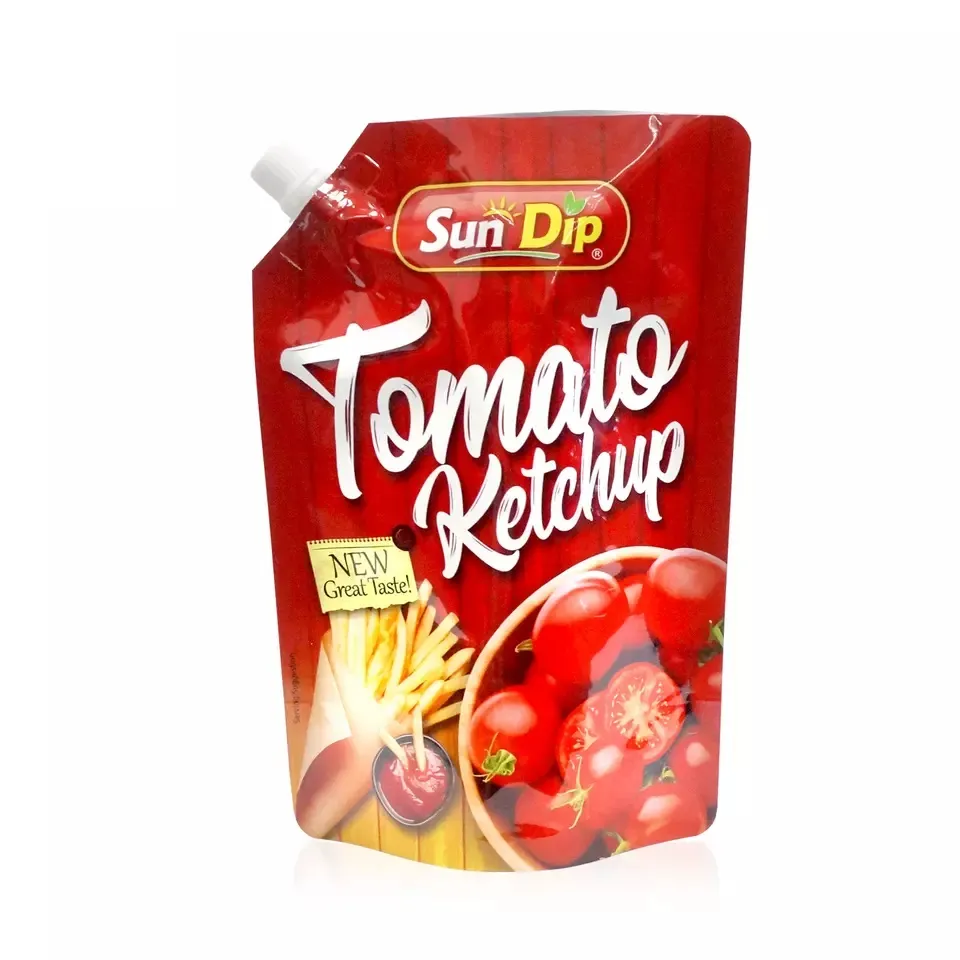- Afrikaans
- Albanian
- Amharic
- Arabic
- Armenian
- Azerbaijani
- Basque
- Belarusian
- Bengali
- Bosnian
- Bulgarian
- Catalan
- Cebuano
- chinese_simplified
- chinese_traditional
- Corsican
- Croatian
- Czech
- Danish
- Dutch
- English
- Esperanto
- Estonian
- Finnish
- French
- Frisian
- Galician
- Georgian
- German
- Greek
- Gujarati
- haitian_creole
- hausa
- hawaiian
- Hebrew
- Hindi
- Miao
- Hungarian
- Icelandic
- igbo
- Indonesian
- irish
- Italian
- Japanese
- Javanese
- Kannada
- kazakh
- Khmer
- Rwandese
- Korean
- Kurdish
- Kyrgyz
- Lao
- Latin
- Latvian
- Lithuanian
- Luxembourgish
- Macedonian
- Malgashi
- Malay
- Malayalam
- Maltese
- Maori
- Marathi
- Mongolian
- Myanmar
- Nepali
- Norwegian
- Norwegian
- Occitan
- Pashto
- Persian
- Polish
- Portuguese
- Punjabi
- Romanian
- Russian
- Samoan
- scottish-gaelic
- Serbian
- Sesotho
- Shona
- Sindhi
- Sinhala
- Slovak
- Slovenian
- Somali
- Spanish
- Sundanese
- Swahili
- Swedish
- Tagalog
- Tajik
- Tamil
- Tatar
- Telugu
- Thai
- Turkish
- Turkmen
- Ukrainian
- Urdu
- Uighur
- Uzbek
- Vietnamese
- Welsh
- Bantu
- Yiddish
- Yoruba
- Zulu
how to sell your product in retail stores
How to Sell Your Product in Retail Stores
Selling your product in retail stores can be a game-changer for your business. It offers exposure, builds brand credibility, and can significantly increase your sales volume. However, successfully placing your product on retail shelves requires careful planning and execution. Here are some essential steps to guide you through the process.
Understand Your Market
Before you approach retailers, it’s crucial to understand your target market. Who are your customers? What problems does your product solve for them? Conduct market research to gather insights about customer preferences, behavior, and trends within your target demographic. This data will not only guide your product development but also inform how you position your product to retailers.
Develop a Strong Value Proposition
Retailers receive countless pitches from businesses looking to get their products on the shelves. To stand out, you need a compelling value proposition. Clearly articulate what makes your product unique and why it would be a great addition to the retailer's inventory. Consider factors such as quality, pricing, and customer demand, and demonstrate how your product can enhance the retailer’s offering and meet the needs of their customers.
Create Professional Marketing Materials
First impressions matter. Prepare professional marketing materials that showcase your product beautifully. This includes high-quality images, product descriptions, and compelling sales collateral. Providing detailed information—such as pricing, SKU numbers, and packaging dimensions—will make it easier for retailers to consider your product. You might also create a sell sheet that outlines key selling points, potential profit margins for the retailer, and customer demographics.
Identify the Right Retailers
Not all retail stores will be a good fit for your product. Research and identify retailers that cater to your target market. Look for stores that align with your brand values and product type. Whether it’s local shops, national chains, or specialty stores, understanding the retailer’s target audience will help you tailor your pitch effectively.
Build Relationships
how to sell your product in retail stores

Networking is crucial when trying to get your product in retail stores. Attend industry trade shows, networking events, and retail expos. Try to connect with store buyers or managers, and use these opportunities to learn more about their needs and preferences. Building a genuine relationship can increase your chances of success when you eventually pitch your product.
Prepare for Your Pitch
When you're ready to approach a retailer, be prepared. Develop a concise and persuasive pitch that highlights your product’s benefits. Practice your pitch so you can present it confidently and answer any questions the retailer may have. Be ready to discuss pricing, promotional support, and how you can help drive sales in their store.
Offer Samples
One effective way to sway a retailer is to offer samples of your product. Allowing the retailer to experience your product first-hand can lead to increased interest. If they love what they taste or use, they’ll be much more likely to consider placing an order. Make sure that your samples are packaged professionally—this reflects your brand's quality and attention to detail.
Discuss Terms and Conditions
Once a retailer expresses interest, be ready to negotiate terms. Discuss pricing, payment terms, delivery schedules, and return policies. Ensure that both parties are clear on the expectations to prevent misunderstandings later on. A professional approach during negotiations can foster a positive relationship, which is important for future dealings.
Follow Up
After your initial pitch or meeting, always follow up. This shows your commitment and interest in working with the retailer. A simple thank-you email or a call can go a long way in reinforcing your intent to build a successful partnership.
In conclusion, selling your product in retail stores is a strategic process that involves understanding your market, developing a strong value proposition, and building relationships with retailers. By following these steps, you can increase your chances of getting your product on the shelves and achieving success in the retail landscape. Remember, persistence is key, and your efforts will pay off as you navigate the world of retail.













